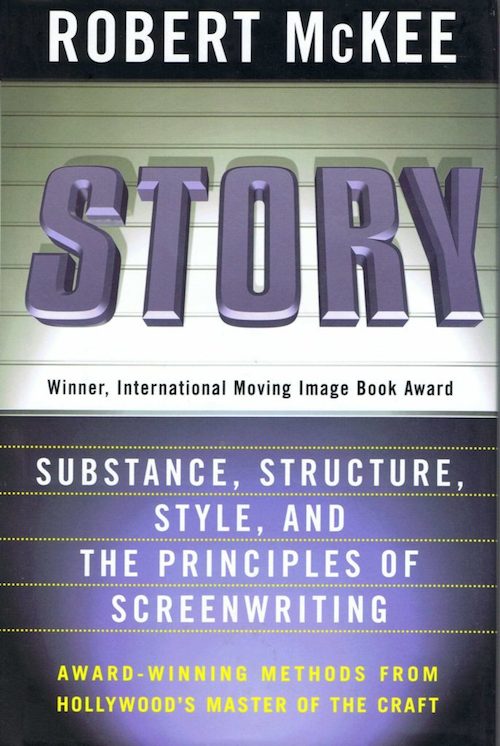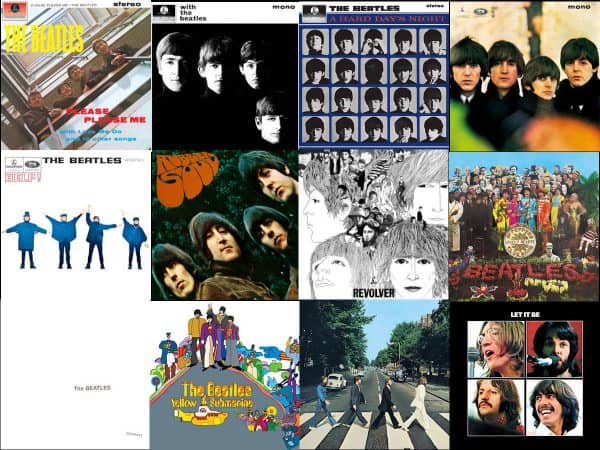
Whenever I’m asked to provide a “fun fact” about myself, I usually say that I worked as a smooth-jazz radio announcer back in college. It wasn’t the kind of unsuitable, faintly ironic part-time job one falls into as a student but, rather, the culmination of years of serious and directed effort. In fact, I’d been seeking professional entry into the world of smooth jazz since adolescence: as a high schooler in the suburbs of Seattle, I made weekly rounds through the used-CD shops of University Way to build my personal library of artists from the smooth-jazz world; I frequented Dimitriou’s Jazz Alley, where practically all of those artists played, as a young Gen X-er might have hung out at punk clubs; I even persuaded the local smooth-jazz radio station to take me on as an intern. For all that, I’d never have claimed to like smooth jazz.
“I hate ‘classical music,’ ” Alex Ross once wrote in this magazine—“not the thing but the name.” I could say the same about “smooth jazz,” which I’ve always considered primarily a marketing term, the label not of a musical genre but of a commercial radio format. In Penny Lane’s “Listening to Kenny G,” a 2021 documentary about the saxophonist whose music—even more melodic and hooky than than those of his pop-jazz predecessors, such as George Benson and Grover Washington, Jr.—defined that format, the industry consultant Allen Kepler recalls how that label came about. Conducting focus groups with the market-research firm Broadcast Architecture in the late nineteen-eighties, Kepler asked participants to describe music like Kenny G’s however they liked. One woman, Kepler says, had the perfect answer: “She’s thinking. She says, ‘It’s jazz.’ She says, ‘It’s smooth jazz.’ It was almost like it just came to her like a lighting bolt.”
Read the whole thing at the New Yorker.








